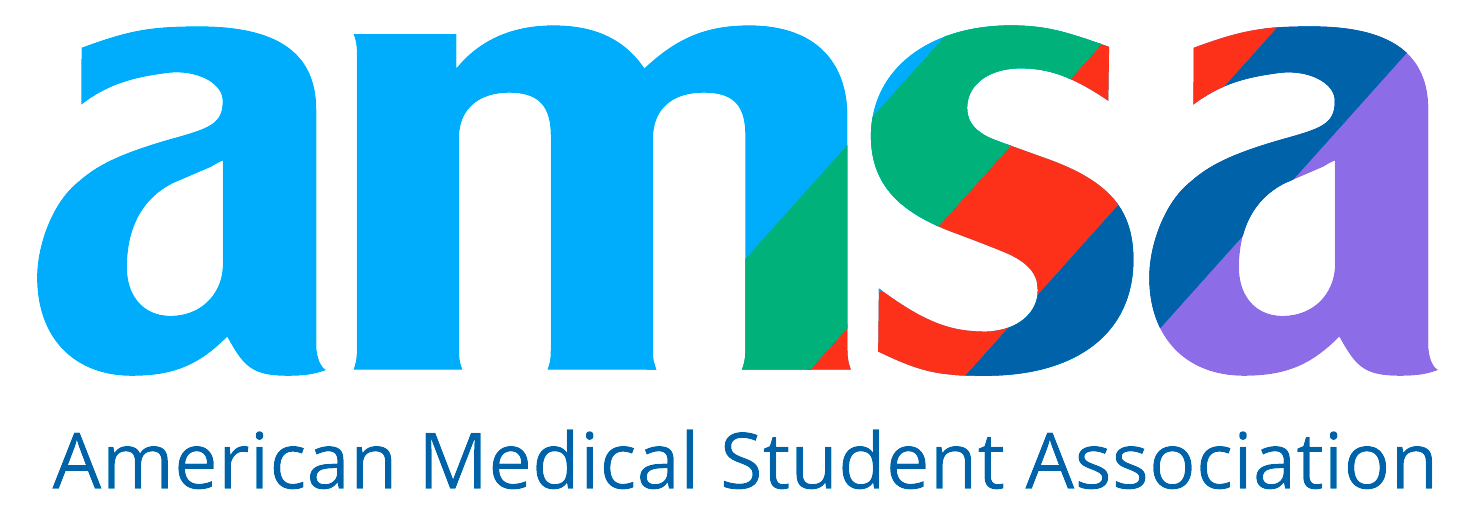Steps to Become a Plastic Surgeon: Training, Licensing, and Global Opportunities
Go-Elective Abroad
Steps to Become a Plastic Surgeon: Training, Licensing, and Global Opportunities
Plastic surgery is a highly specialized and rewarding branch of medicine that combines precision, science, and aesthetics. If you’re passionate about medicine, detail-oriented, and drawn to artistic or reconstructive work, a career as a plastic surgeon may be your calling. This guide walks you through everything you need to know—training, exams, residencies, licensing, and how Go Elective can help you stand out through global health internships.
What Does a Plastic Surgeon Do?
Plastic surgeons are trained to perform both reconstructive and cosmetic procedures. They work to improve physical appearance or restore function following trauma, birth defects, or illness. These physicians often collaborate with teams in hospitals and clinics to achieve the best outcomes for their patients.
Core Skills Every Plastic Surgeon Should Have
-
Empathy and Compassion
Plastic surgeons must understand the emotional and psychological journey of their patients, especially when procedures involve major physical transformation or trauma recovery.
-
Clear Communication
Discussing realistic outcomes and building trust is essential. Surgeons must explain procedures clearly and manage expectations.
-
Exceptional Manual Dexterity
Precision is non-negotiable in plastic surgery. Surgeons must work delicately, especially during facial or reconstructive procedures.
Education Pathway: How Long Does It Take to Become a Plastic Surgeon?
It typically takes about 14 years to become a fully licensed plastic surgeon:
- 4 years of undergraduate education (premed)
- 4 years of medical school
- 6 years of residency (or 3 years general surgery + 3 years plastic surgery)
- Optional fellowships for subspecialties
Go Elective supports premed and medical students with hands-on clinical shadowing programs in Kenya and Tanzania—perfect for boosting your medical school application.
Step 1: Complete a Bachelor’s Degree
Pre-Med Prerequisites
Choose a degree that allows you to fulfill core medical school prerequisites. These typically include:
- One year of Biology with lab
- One year of General and Organic Chemistry with lab
- One year of Physics
- Mathematics (Calculus or Statistics)
- English or Composition
Majoring in biology or chemistry is common, but students from humanities and math backgrounds are also accepted, as long as prerequisites are met.
Gain Early Clinical Exposure
Participating in pre-med shadowing internships abroad helps demonstrate your commitment to medicine. These programs also give you a global perspective on healthcare systems and patient care.
Step 2: Take the MCAT
Medical College Admission Test (MCAT)
The MCAT tests your knowledge of natural, behavioral, and social sciences. A strong MCAT score (typically 510+) is essential for gaining admission into competitive medical schools—especially those that lead to surgical careers.
Go Elective's students can enhance their medical school applications by showing early patient interaction and real-world clinical insights through our East African programs.
Step 3: Apply to Medical School
Application Process
Submit your application through AMCAS and include:
- Academic transcripts
- MCAT score
- Letters of recommendation
- AMCAS Work and Activities section
- Personal statement
If you’ve completed a Go Elective program, be sure to highlight it in your application—schools value immersive global experiences.
Step 4: Complete Medical School (4 Years)
Pre-Clinical Years (Years 1-2)
These years focus on basic sciences: anatomy, physiology, pathology, pharmacology, and microbiology.
Clinical Rotations (Years 3-4)
You’ll complete rotations in general surgery, internal medicine, pediatrics, OB-GYN, and more. Choose electives in surgery and plastic surgery if available.
You’ll also take:
- USMLE Step 1 after Year 2
- USMLE Step 2 during Year 4
Step 5: Apply for Plastic Surgery Residency
Integrated vs. Independent Path
- Integrated Residency: A 6-year direct plastic surgery program (most competitive route).
- Independent Path: 3 years of general surgery followed by 3 years of plastic surgery.
Applications are submitted through ERAS and matched via the NRMP Match.
Stand Out with Global Experience
Adding a Go Elective internship to your ERAS application can highlight your cross-cultural competency, adaptability, and exposure to complex cases not often seen in the U.S.
Step 6: Complete Your Residency
During your plastic surgery residency, you'll receive in-depth training in procedures like:
- Craniofacial surgery
- Microsurgery
- Cosmetic surgery
- Reconstructive procedures
- Burn care and trauma surgery
Expect to log long hours and perform supervised surgeries as your skills grow.
Step 7: Pass Licensing Exams
USMLE Step 3
Taken during residency, this exam assesses your ability to practice independently.
Board Certification
After residency, you’ll take the American Board of Plastic Surgery (ABPS) exam:
- Written Exam: ~300 questions over 7 hours
- Oral Exam: Based on 9 months of real cases you’ve performed
Optional: Pursue a Plastic Surgery Subspecialty
Many plastic surgeons go on to subspecialize through 1- or 2-year fellowships in areas such as:
- Hand surgery
- Pediatric plastic surgery
- Burn surgery
- Aesthetic surgery
- Craniofacial surgery
Salary Expectations for Plastic Surgeons
- Residency Pay: $60,000–$70,000/year
- Average Salary Post-Residency: $400,000/year
- Top Earners: $900,000/year+
Plastic surgeons in private practice or aesthetic-focused roles tend to earn higher salaries.
Why Global Experience Matters
Aspiring surgeons benefit tremendously from Go Elective’s pre-med and medical internships. In Kenya and Tanzania, you’ll work in high-volume teaching hospitals like Coast General and observe a variety of surgical conditions that offer both challenge and insight.
You’ll also:
- Shadow licensed surgeons
- Join ward rounds and case discussions
- Engage in community health outreach
- Gain cross-cultural healthcare exposure
Frequently Asked Questions
-
How many years does it take to become a plastic surgeon?
Approximately 14 years: 4 years undergrad + 4 years medical school + 6 years residency.
-
How competitive is plastic surgery?
Extremely competitive. Only about 67% of applicants match into integrated programs.
-
What’s a good USMLE score for plastic surgery residency?
The average matched score is 249 (Step 1) and 254 (Step 2).
-
What makes an application stand out?
Clinical experience, research, high Step scores, and global health exposure through Go Elective programs.
-
Can DO students match into plastic surgery?
Yes, but it's more competitive. Strong board scores and surgical experience are essential.
Final Thoughts
Plastic surgery is a career that blends science and artistry to change lives. If you're dedicated, driven, and passionate about surgical excellence, it’s worth the 14+ year investment. Along the way, global experiences like those offered through Go Elective can give you a powerful edge.
Start your journey now with Go Elective’s pre-med and surgical internships in Kenya and Tanzania—designed to equip future surgeons with early exposure, mentorship, and global health understanding.
Article Details
Categories
Recent Articles , Pre-health, Medical Electives, PA Internships, Residency,
Author: Go-Elective Abroad
Date Published: Sep 7, 2025
Travel with us.
Inquire Today!
Go Elective offers immersive opportunities for medical students, pre-med undergraduates, residents, nursing practitioners, and PAs to gain guided invaluable experience in busy hospitals abroad. Discover the power of study, travel, and impact.






